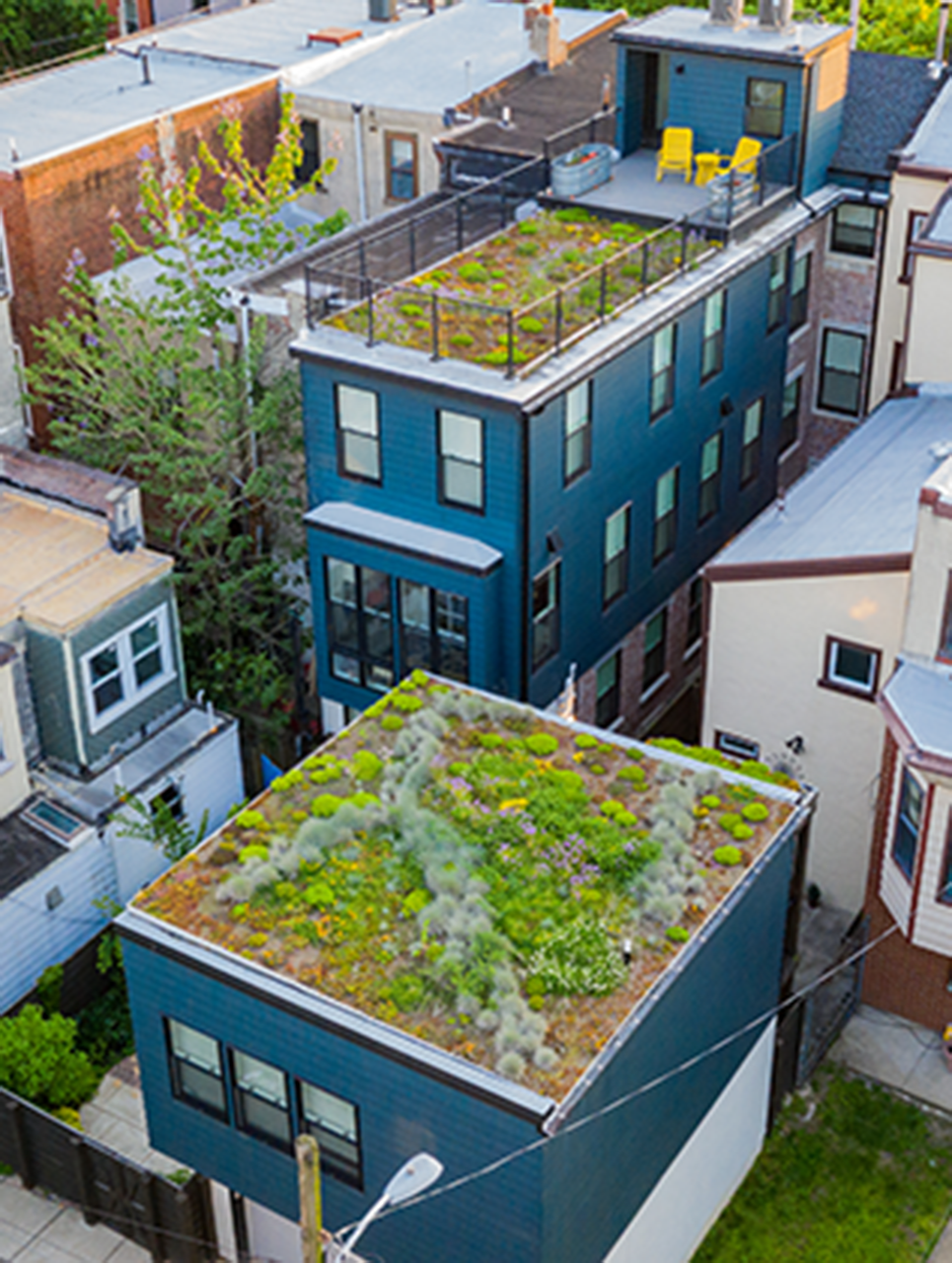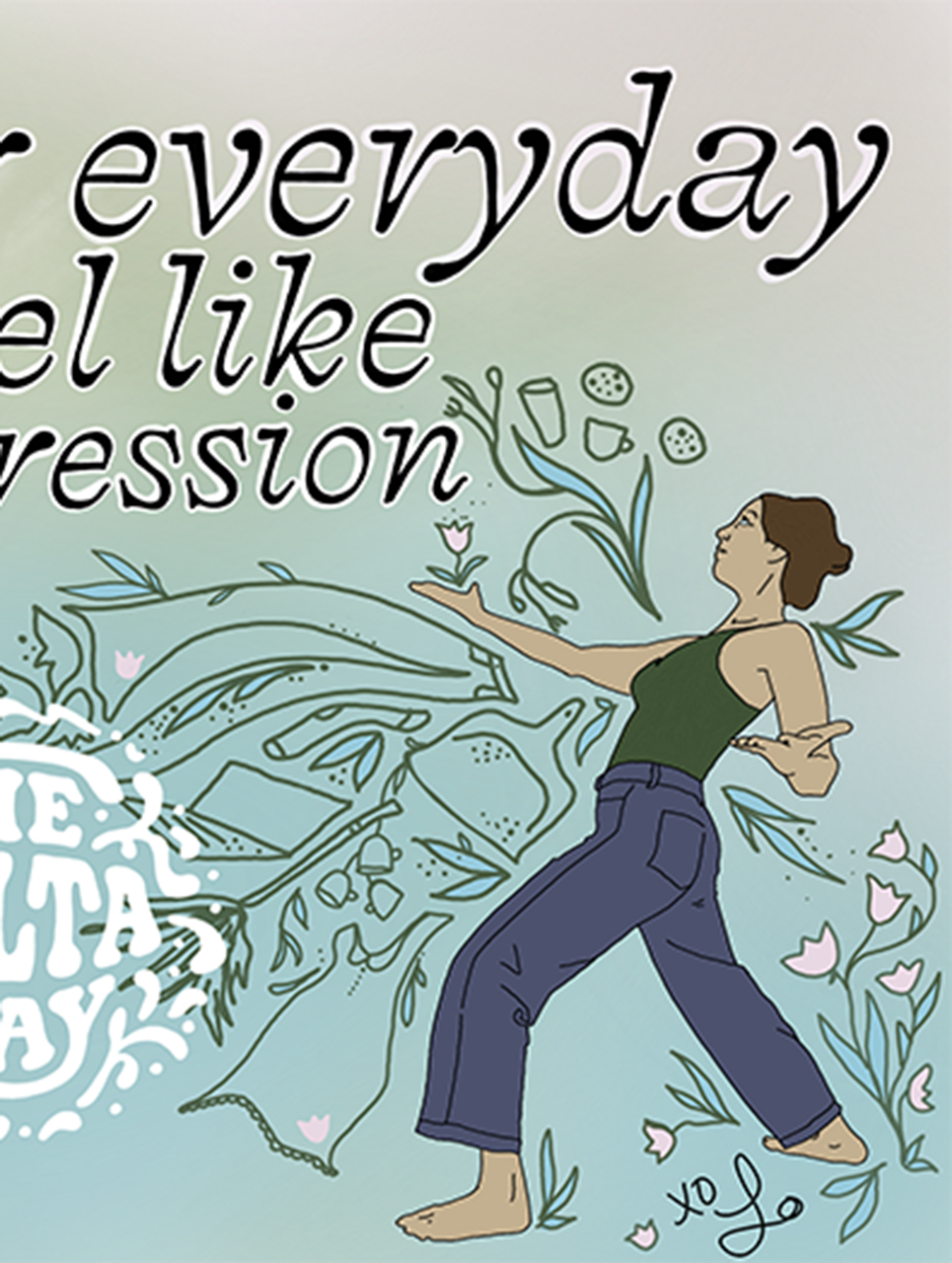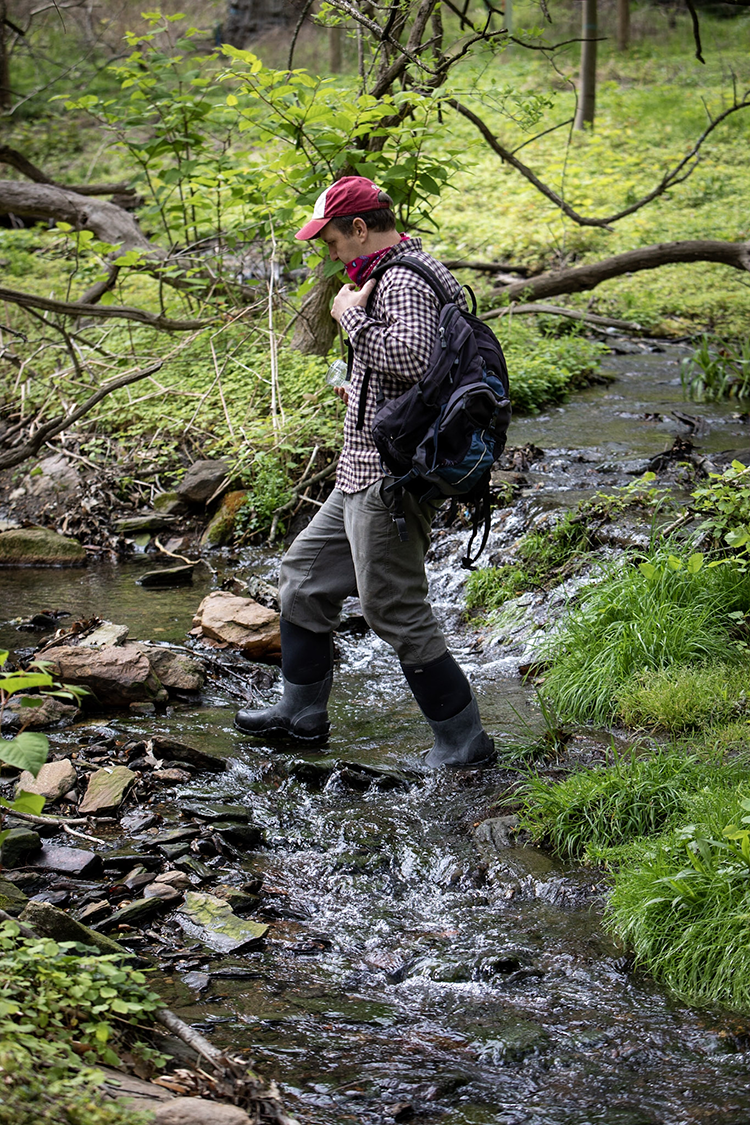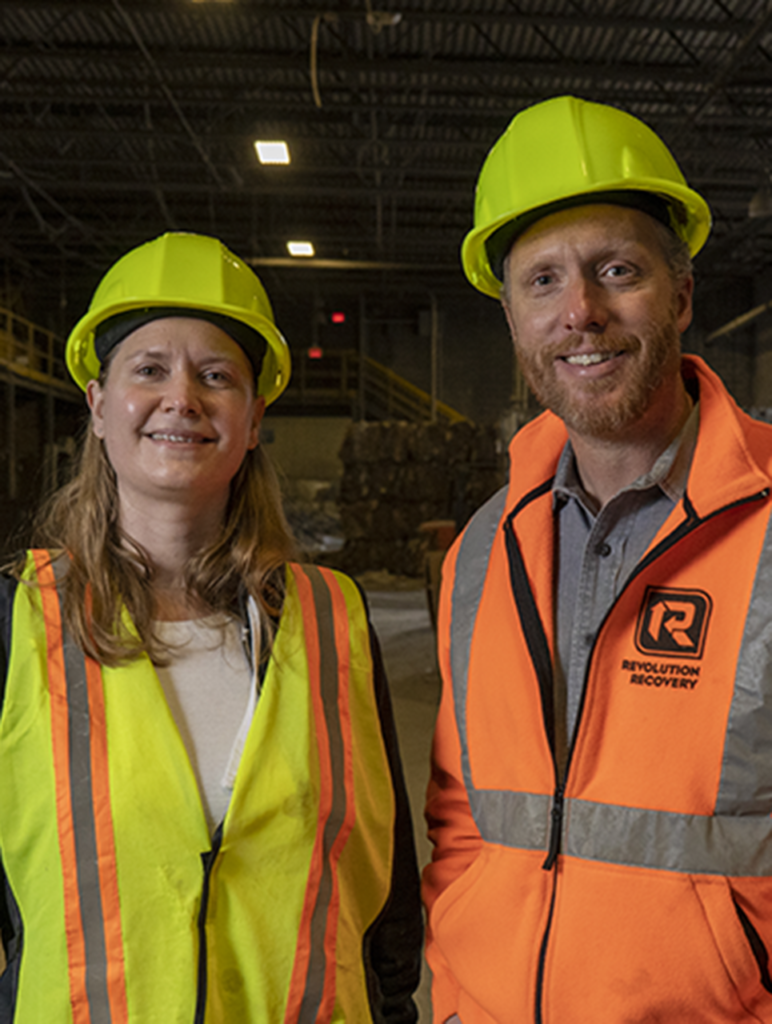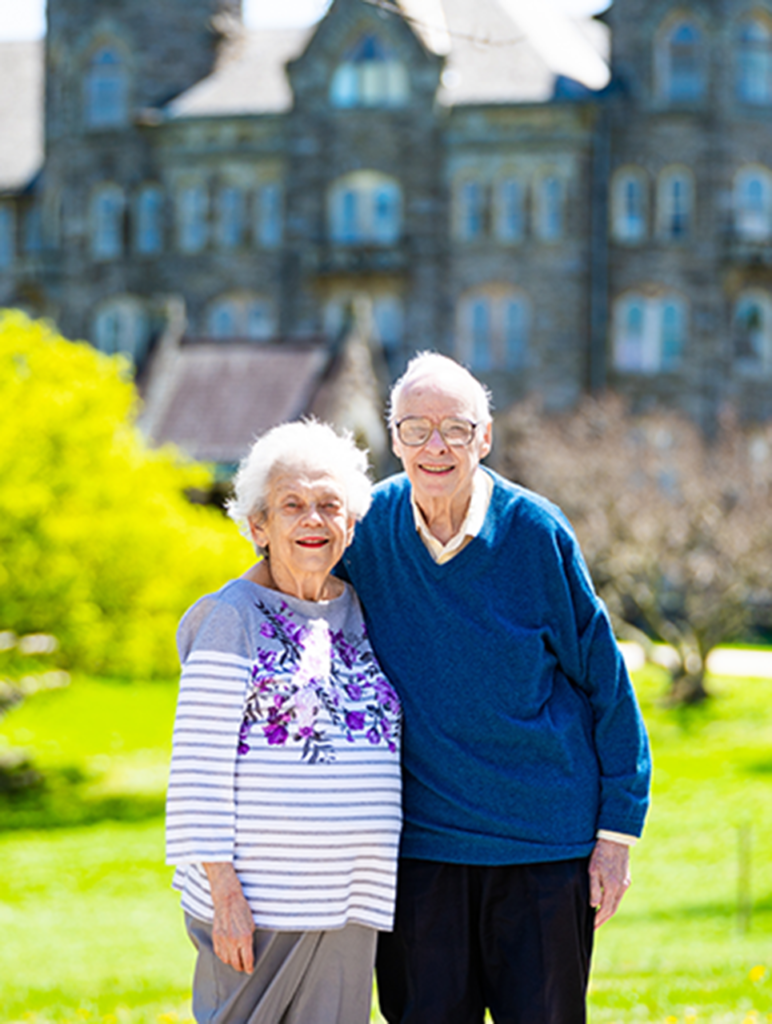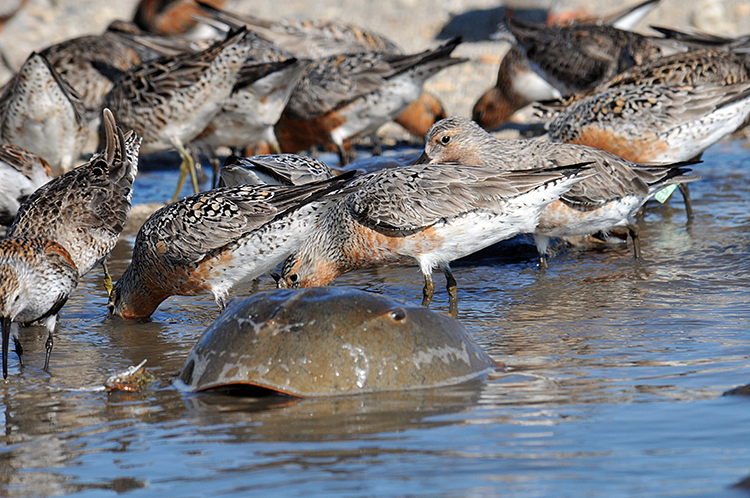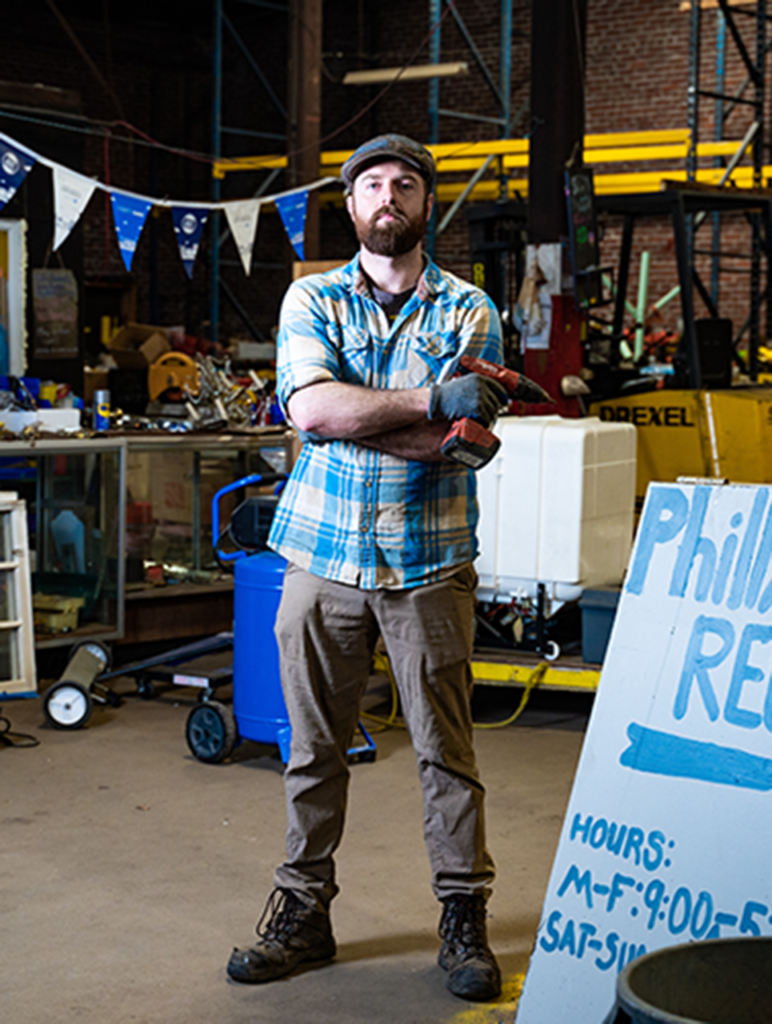The challenges of climate change can seem overwhelming, but the city can take clear steps to protect the most vulnerable renters and homeowners while enforcing existing development standards. To do this, we need to look inside and outside of the home.
When construction or demolition is taking place, dangerous substances like asbestos and lead can be absorbed in the respiratory system.
There is shockingly little research in regard to the amount of outdoor air pollution that comes indoors. Indoor air quality is almost entirely unregulated by governments with the exception of vapor intrusion studies that are conducted when sites with large amounts of soil and water pollution, like the former South Philadelphia refinery, are redeveloped. So many petrochemicals have been spilled at the site since the 1860s and continue to produce dangerous air pollution. Even 50 to 100 years from now, any structure built in the former refinery’s footprint will have to test their indoor air for dangerous vapors.
Philadelphia is also in the midst of a mold epidemic that is damaging indoor air quality and creating structural risks. And unlike New York City, Boston or Los Angeles, indoor mold is not explicitly banned in Philadelphia’s landlord-tenant code, which puts renters in extremely difficult positions.
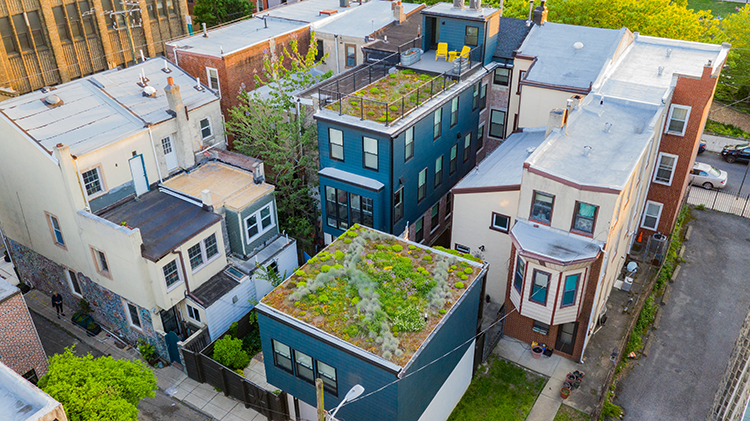
First, Philadelphians need public health-focused development standards and more capital programs to help renters and homeowners maintain their homes. Landlords should not be able to rent units containing indoor mold and it should be easier for tenants to make housing complaints.
Next, the city should expand the Basic Systems Repair Program, which currently provides free emergency repairs for eligible homeowners. The homestead property tax exemption should be expanded so that older homeowners can save money on property taxes and invest in their aging homes.
The city’s current practice of rewarding new construction with a property tax abatement while raising property taxes for existing homeowners is completely backward. The recently opened Philly First Home Program supports new homeowners with down payments and closing costs, equitably encouraging housing stability without raising property taxes.
Climate change and increased precipitation has made it attractive for developers to raise properties using a practice known as “cut and fill.” This strategy lifts individual properties out of the floodplain, but poses serious threats to environmental justice because raising individual properties simply pushes water into lower lying neighborhoods.
Another way the city can combat this injustice is by expanding and enforcing open space requirements. If the Zoning Board of Adjustment continues to allow new developments to break open space requirements, the effects of increased heat and precipitation will worsen, causing the greatest damage in areas where existing housing stock is already poor and vulnerable to damage from extreme storms.
Alternatively, the zoning board could more aggressively require developers to use existing height bonuses gained from positive environmental amenities like green (or blue) roofs. Within the existing code, developers can add 36 to 72 feet to current height restrictions on some properties for using green building techniques, adding transit improvements, building trails or improving stormwater management, all of which would have public health benefits. But these height bonuses are only useful if the zoning board requires these amenities, rather than granting simple exceptions to height restrictions, which is extremely common.
Lastly, new development must take place with great concern for surrounding communities, particularly the air and water pollution issues that come with development. Older homeowners and renters can and must be protected from these public health hazards. It’s all within our power.
Russell Zerbo is an advocate at the Clean Air Council. For assistance with local public health issues, reach him at rzerbo@cleanair.org

